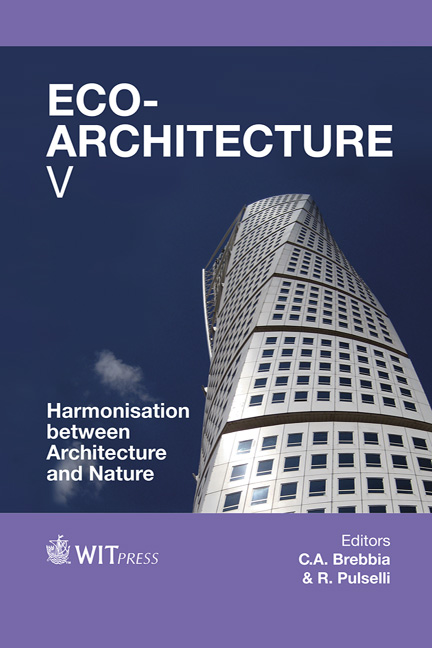Wood Acetylation: A Potential Route Towards Climate Change Mitigation
Price
Free (open access)
Transaction
Volume
142
Pages
12
Page Range
241 - 252
Published
2014
Size
614 kb
Paper DOI
10.2495/ARC140221
Copyright
WIT Press
Author(s)
P. van der Lugt, J.G. Vogtländer
Abstract
Climate change is increasingly acknowledged as a threat to human society. In the global warming debate, the role of forests and wood products increasingly gains attention considering their important impact – both negative and positive – through deforestation, forest conservation, afforestation and increasing application of wood in durable (construction) products acting as carbon sink. A promising route enabling legally and sustainably sourced non-durable temperate wood species to be used in high performance applications is through large scale non-toxic wood modification, of which acetylation is one of the leading methods. To gain a better understanding of the difference in greenhouse gas emissions of acetylated scots pine, tropical hardwood (azobe) and non-renewable materials (steel, concrete), this study first presents the emissions in terms of kg CO2 equivalent based on a cradle-to-gate scenario. Since the cradle-to-gate assessment excludes relevant use-phase and end-of-life related aspects, the second part of this study takes the production results as input for an assessment of the full life cycle (cradle-to-grave) with the bearing structure of a typical pedestrian bridge as fair unit of comparison for all material alternatives. The results show that acetylated wood has a considerably lower carbon footprint than steel, concrete and unsustainably sourced azobe, and slightly lower than sustainably sourced azobe. Because of the limited emissions during production and carbon credits related to carbon sequestration as a result of land-use change and bio-energy production during the end-of-life phase, all sustainably sourced wood alternatives, including acetylated wood, show CO2 negative LCA results over the full life cycle.
Keywords
acetylated wood, greenhouse gas emissions, climate change mitigation, carbon footprint, green building





